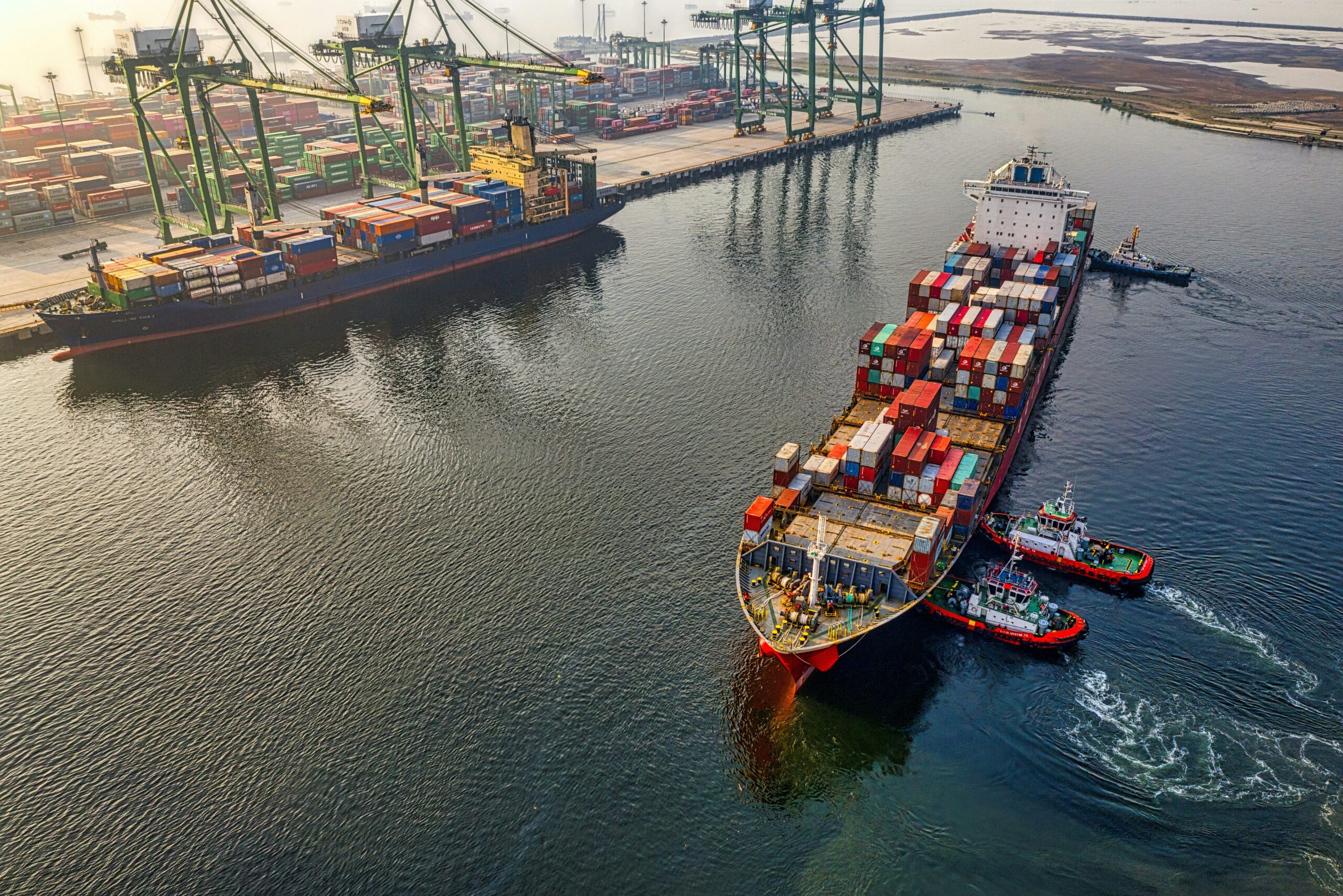The renewable energy required to produce green hydrogen is not equally available in all regions of the world. However, as green hydrogen and Power-to-X are needed in all regions to defossilise high emission value chains, global trade in hydrogen is expected to increase significantly. Countries such as Germany, Japan and South Korea have already committed to future imports of green hydrogen in their hydrogen strategies. Countries such as Argentina, Chile, Brazil, Uruguay, Morocco, Namibia, South Africa, and India have committed to produce and export green hydrogen.
Under favourable economic and regulatory conditions, the demand and the willingness to export will drive market growth and reconfigure trade relations for green hydrogen and Power-to-X products. Projections suggest an estimated 12-25% share of internationally traded green hydrogen by 2050.
But which regulations are already in place for the global trade of hydrogen? What can countries do now to set up their regulatory systems in a way that allows them to enter the emerging markets?

“The main challenge is that a global standard and definition of green hydrogen is missing. The emerging global trade in green hydrogen and Power-to-X products based on green hydrogen clearly shows: a regulatory patchwork does not allow for a transparent, efficient, sustainable, and inclusive trade.”
Frank Mischler, Director International Power-to-X Hub
Our new study provides a comprehensive overview of existing regulation, such as the United Nations Convention on Contracts for the International Sale of Goods and World Trade Organisation law. It identifies the main challenge as developing a global standard and definition for green hydrogen. Based on this analysis, the study develops guidelines for countries wishing to engage in global hydrogen trade.
